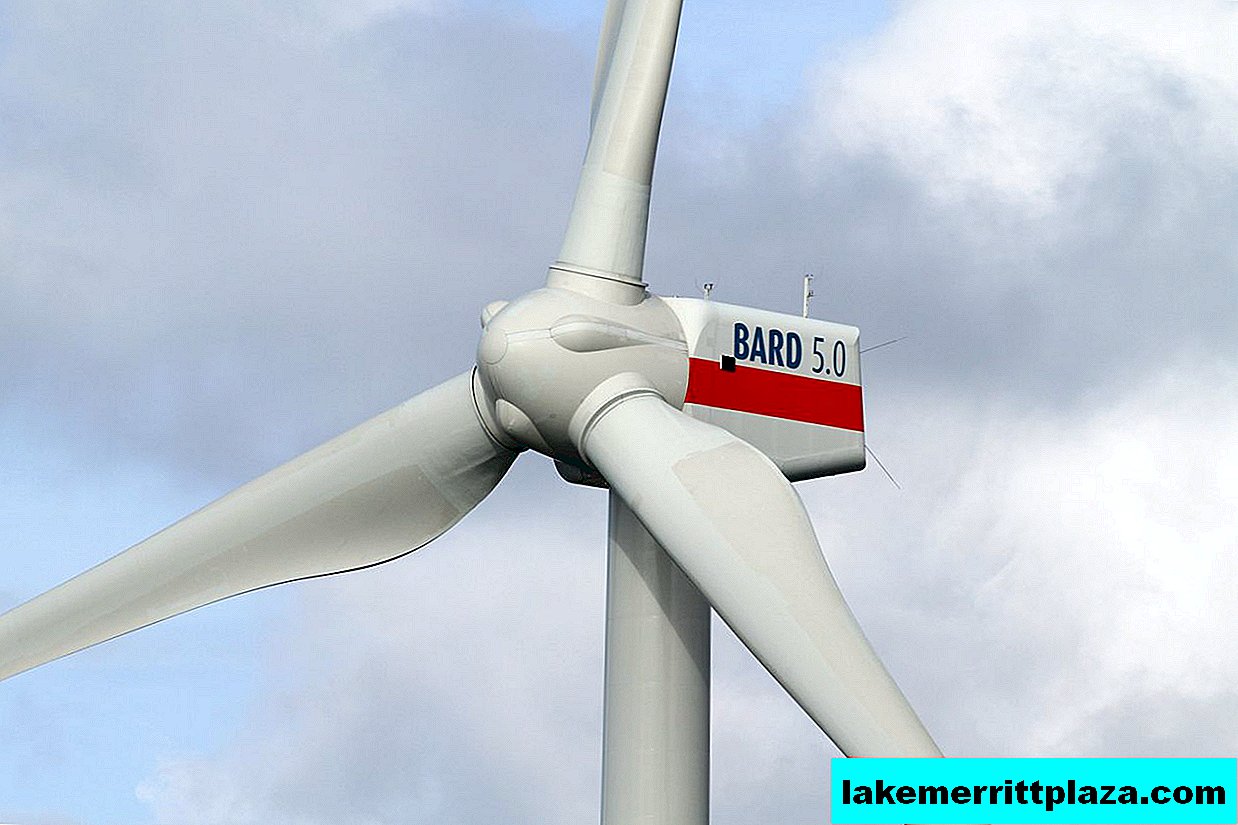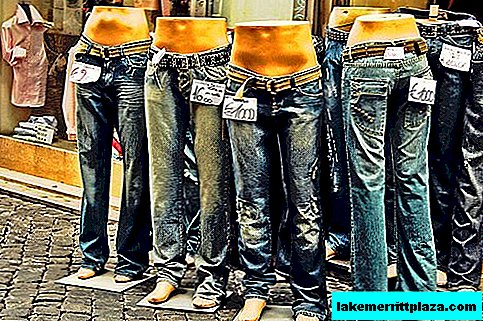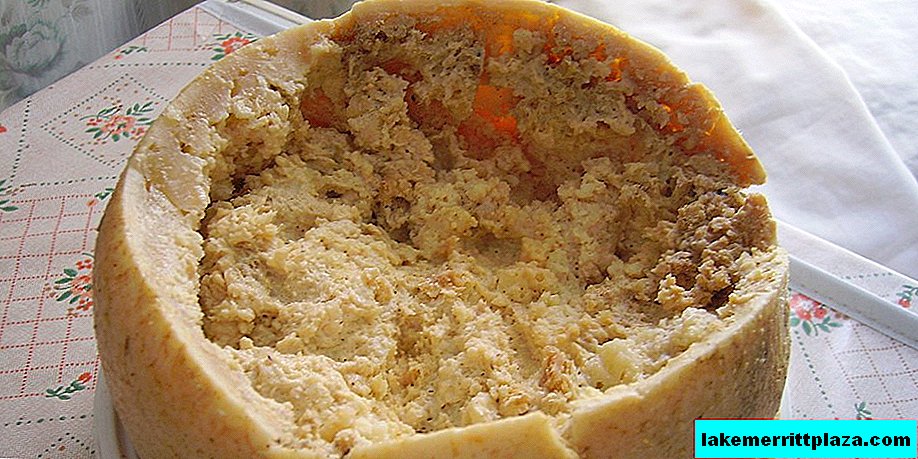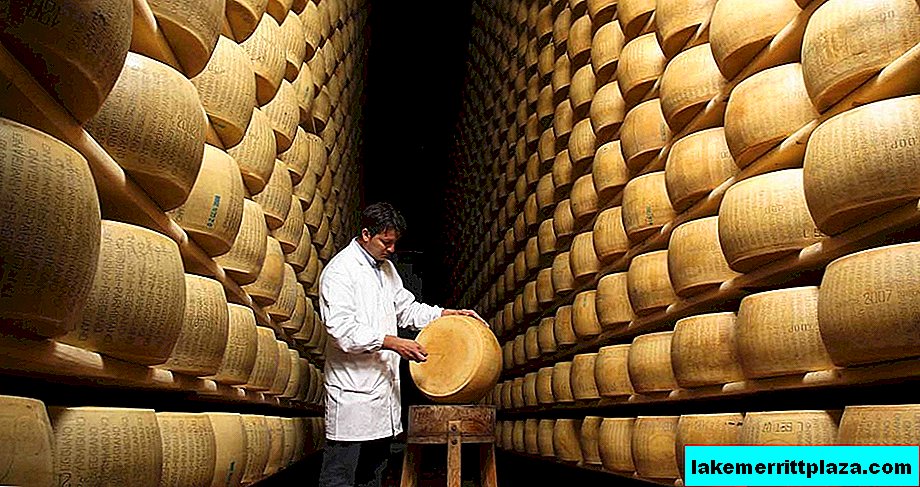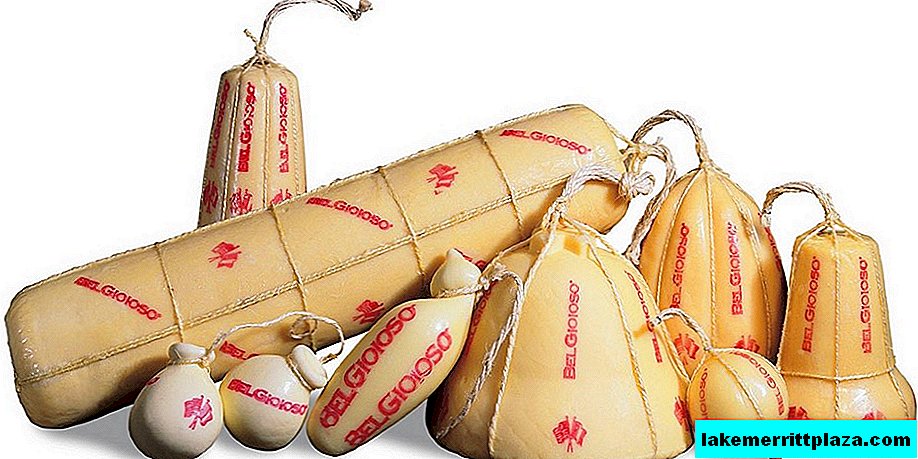In continuation of the first part of the post, 10 places in the capital of Sicily that are worth a visit Blogoitaliano continues the journey through Palermo and exploring the sights of the city. Definitely, after the first part, everything has just begun for us, because only the basilica, cathedrals and monasteries in Palermo number more than 300, and each of them deserves attention.
№5 Chiaramonte Palace
Chiaramonte Palace in Palermo (Italian: Palazzo Chiaramonte) or Steri (literally from Latin - fortified) - the family nest of the influential Sicilian nobleman of the 13th century - Count Manfred Chiaramonte. Its structure served as an example of a new style in Italian architecture - Norman Gothic with loopholes and lancet windows, which later became known as Chiaramontes.
Under the Spanish conquerors, Chiaramonte Palace was the residence of the Viceroys, then the royal customs was located in the building. In the XVII century the halls of the Palace were controlled by the Inquisition. At the end of the 18th century, the vice-king issued a decree abolishing the Inquisition, and as a result, all archival documents were put on fire. However, during restoration work, scientists discovered the secret entrance to the inquisitor's room, traces of cells from which the heads of the convicted heretics and the rebellious retinue were exposed, and inscriptions left by prisoners on the walls of the cells were found under a layer of plaster.
Currently, the Palace is open to visitors, and since 2007, tourists can also see the cell of the Inquisitorial Prison, in which hundreds of innocent people were tortured and put to death for 180 years.
Since 1970, the Palace building has been owned by the University of Palermo.
No. 4 Catacombs of the Capuchins
The most intriguing and mysterious place in Palermo are Capuchin Catacombs (Italian: Catacombe dei Cappuccini) - an ancient cemetery of the deceased inhabitants of Palermo. The thing is that people are not buried there in the graves, but inside the Capuchin monastery - in its underground part.
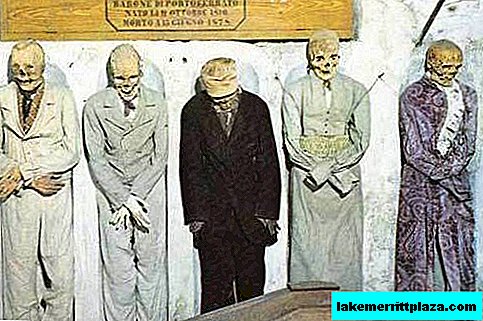
Burials in the Catacombs of the Capuchins continued until the XIX century
It all started with the fact that in the XVI century the order of the Capuchins, having moved to Sicily, founded a monastery here. In order not to bury their brothers far from the monastery, the Capuchins equipped a cemetery in the underground labyrinths of their native church. The special climate of the dungeon well preserved the bodies of the deceased, preventing them from decaying. Noting this feature, wealthy citizens also expressed a desire to bury their relatives in the dungeons of the Capuchin monastery, but for this opportunity they paid a lot of money to the rectors of the temple.
Burials in the Catacombs of the Capuchins lasted until the XIX century, during which time the last refuge here found about 8 thousand people. On both sides of the numerous corridors in various poses and robes hang, stand, mummies of married couples, children, entire families, priests, monks and other representatives of different classes.
In 1920, the “museum of the dead” in Palermo was replenished with another “exhibit”. The little girl Rosalia, who had gone to another world, was embalmed and placed in a glass coffin at the request of her loving parent. The uniqueness lies in the fact that until now, after almost a hundred years, the girl looks just sleeping.
Photographing or filming videos of museum exhibits is not permitted. However, especially smart citizens still manage to shoot a mobile phone on a camera.
№3 Cathedral
Palermo Cathedral (Italian: Cattedrale) or Cathedral of the Assumption of the Blessed Virgin Mary - is located in the city center on one of the main streets of Palermo Vittorio Emmanuele. The architecture of the Cathedral, which has been rebuilt several times over the centuries, has preserved various styles characteristic of different eras. Here are harmoniously intertwined, both Arabic and Norman, and later styles - Baroque and Gothic.
Initially, there was a Christian church on the site of the present Cathedral, built in the 4th century by the inhabitants of Palermo in honor of the first Christians who accepted martyrdom for their faith. In the 7th century, when the Saracens conquered the city, the Christian temple was rebuilt into a mosque. Everything returned to normal under the Normans, then in the XI century the church was reconstructed, then the Cathedral was consecrated in the name of the Assumption of the Blessed Virgin Mary.
Under the Normans in Palermo Cathedral coronations were carried out, and the remains of the Sicilian kings and Roman emperors still lie in his tomb.

The architecture of the Cathedral harmoniously intertwined styles of different eras
But the main value of the Cathedral is the miraculous relics of St. Rosalia, stored in silver casket in the chapel of the same name. According to legend, after in 1624 the relics of a saint who lived in the 12th century were transferred to the Cathedral of Palermo, a plague epidemic receded from the city. After the miracle that happened, St. Rosalia is considered the Patroness of not only the city, but the entire Sicilian island. And at the present time, according to pilgrims, Holy Rosalia continues to heal believers.
No. 2 Norman Palace
The Norman Palace (Italian: Palazzo dei Normani), the Royal Palace, the Palace of the Emirs - as soon as they call it one of the most famous historical buildings of the 11th century in Palermo. The high hill on which it is located Norman Palace in Palermo in all ages it attracted the attention of the conquerors, who built their defensive structures here. The Phoenicians erected a fortress on the hill, the ancient Romans built a fort. And when the Arabs conquered Sicily, the Palace of Emirs was built on this site.
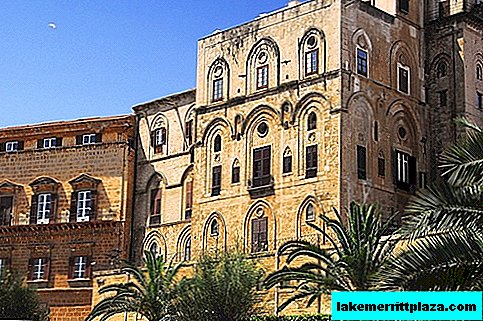
- Palermo Norman Palace - luxurious royal residence
The palace gained its present appearance thanks to the Normans, who, led by the founder and first king of Sicily, Roger II, restored the building and turned it into a magnificent royal residence. The Spaniards, who replaced the Normans, contributed to its decoration. The front facade, the Fountain courtyard and the monumental staircase were completed by the Spanish vice-kings of Sicily. A special impression on tourists makes Roger II Hall with golden mosaic walls and with beautiful views of the bay of Palermo.
Today, the Parliament of the Autonomous Region of Sicily sits in the Norman Palace, so the time of his visits is possible only in the morning. Visitors are allowed to see some of the ceremonial halls of the Royal Palace, including the halls of Roger II, Hercules, Squires, and the Palatine Chapel.
No. 1 Palatine Chapel
The Palatine Chapel of the Norman Palace (Italian: Capella Palatina) is one of Palermo's most valuable attractions. Located on the second floor of the Royal Palace Palatine Chapel served as the personal chapel of the Sicilian kings.

Palatine Chapel - one of the most valuable sights of Palermo
The chapel is decorated with mosaics on biblical themes, made by Byzantine and Sicilian masters of the 12th-15th centuries so completely that even in the famous temples of Constantinople there are no equal. The mosaic depiction of Christ Pantocrator surrounded by angels and archangels under the dome of the Palatine Chapel is the oldest in the chapel and makes a strong impression on visitors.
However the greatest value Palatine Chapel in Palermo makes a carved ceiling, which is the rarest monument of the Arab-Norman style, not only in Palermo, but throughout Europe.


